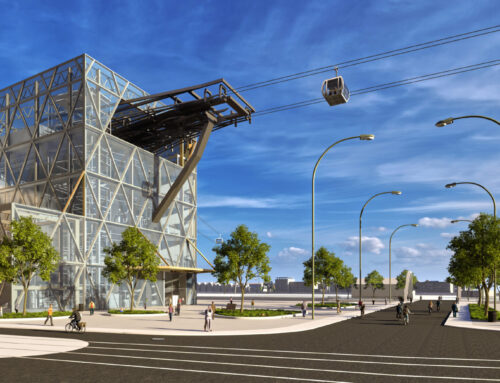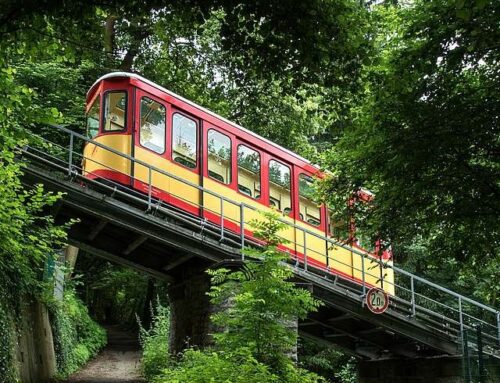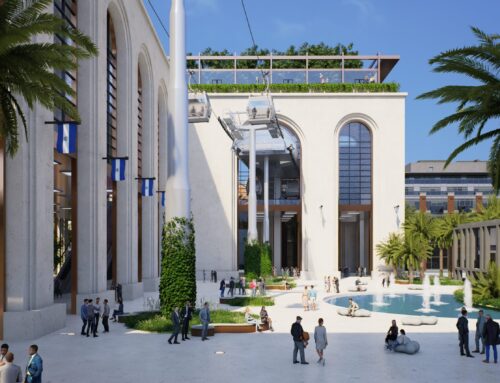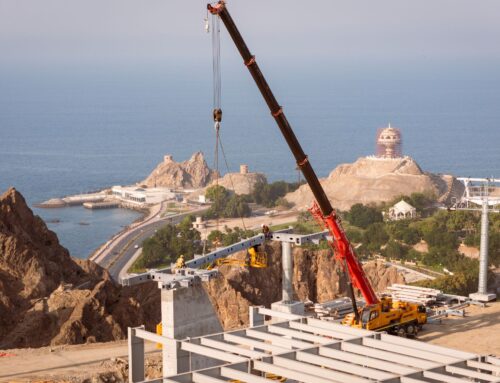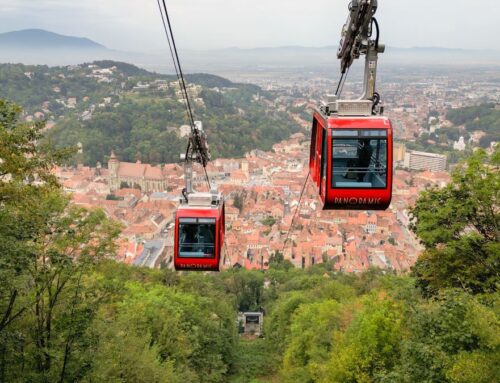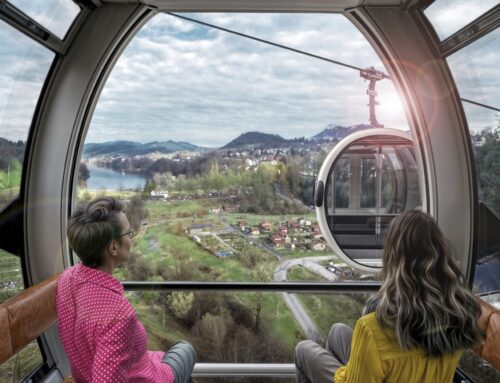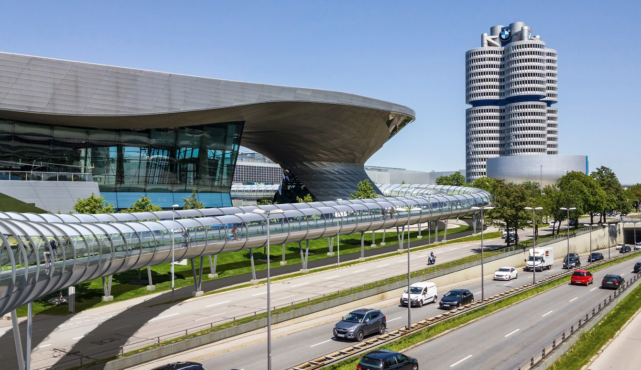
Cities, SI Urban 2/2021, Tourism
Pipelane – New paths for urban mobility
There are many advantages to the bicycle as a mobility form: on a bicycle, you can get underway relatively quickly, you take up little space, and you can reach almost any destination. Moreover, everyone can afford a bicycle and there are almost no operating costs.
Also, the bicycle has the best CO2 level. These are all strong reasons for the best possible promotion of this type of mobility.
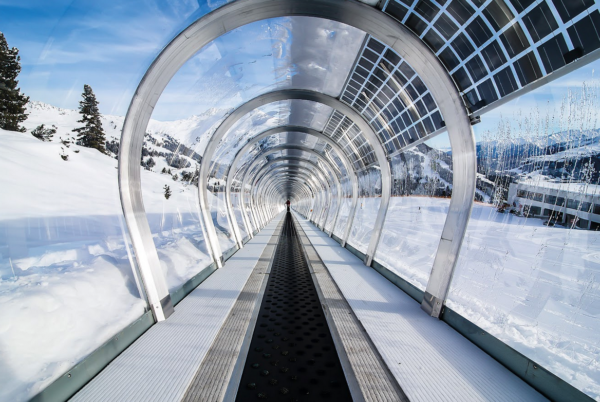
The Magic Carpet from SUNKID is tried and tested as an ascent aid. Picture: SUNKID
Advantages of the pipelane
For over 50 percent of individual transport in the city to be undertaken by bicycle, a quantum leap is needed. German visionary Bernhard Dufter sees this as achievable with his innovative high-speed cycle path network, the “Pipelane”.
According to Dufter, it can be used reliably – regardless of the weather, time or season – and will allow commuters to cover great distances. Dufter expects numbers to double here at least, as cyclists will be able to travel at higher speeds, not least thanks to the power supply on e-bikes.
Safety, protecting users from vehicle traffic, rain, ice and darkness, is also an important point, according to Dufter: “Even today, the Pipelane would not be magic but rather a tried and tested technology. Obviously it requires technical refinement, but there is much that can be implemented straight away.”
The visionary is convinced that this will enable the bicycle to compete with the car in the city. “Many citizens seem to be willing but cycle mobility is too unreliable for many people and it still seems to them that it is essential to have their own car.”
To give people in cities a real choice between bicycle and car, the mobility provision needs to be right for the average citizen – and not just for weatherproof freaks, Dufter claims.
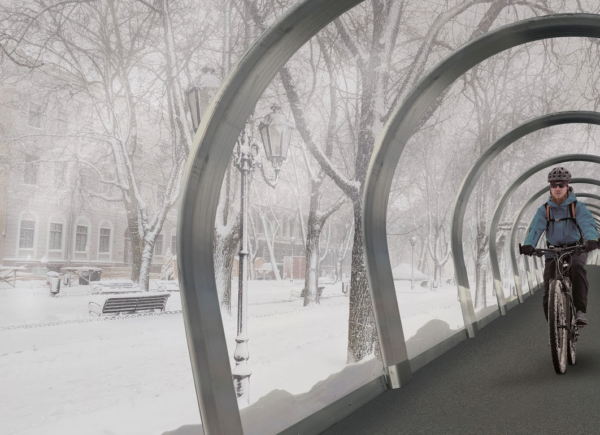
The advantages of the covered pipelane are evident in the winter. Picture: SUNKID
Up and down
Austrian company SUNKID has already conducted a specific project study for the pipelane. The company has extensive experience with covered and elevated routes. Furthermore, the manufacturer has expertise both in ramps as a feeder for the highways and in roofing with solar cells.
“One good example of feeders can be found in our Magic Carpets for Alpine tourism, which carry young sportspeople safely and comfortably up the mountains – as skiers in the winter or as mountain bikers in the summer,” SUNKID Head of Marketing Christopher Koessler says. Bicycles are therefore already tried and tested equipment here.
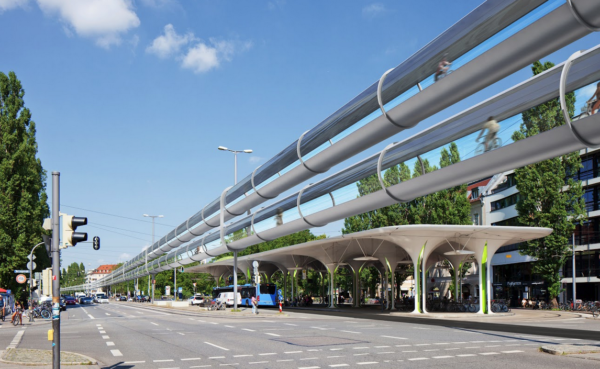
The Pipelane is a fresh take on a familiar idea. Visualisation: dufter/formstadt
Stages of transition
But how can the pipelane be implemented in the city? How could the city adapt? At the moment, public space is divided up roughly as follows: four lane for cars; pedestrians and cyclists share the remaining area, which might be lined with trees.
In the first step, the pipelane opens up additional traffic space for cyclists and this carries the regional cycle traffic in an increasingly densely compacted city. “This gives cyclists an attractive infrastructure, which allows them to be both mobile and protected from noise, exhaust fumes and the weather.
It is therefore much more reliable – and therefore fully able to compete with the car. In the second step, citizens face a voluntary decision: car drivers will increasingly switch to the bicycle and car traffic will diminish significantly.
“The number of motor vehicle traffic lanes can be reduced and the space that becomes available can be used for pedestrian and cycle traffic, additional trees and other public benefit,” the visionary emphasises.
In the third stage, the public space is configured biogenically. The road has become a largely shaded space, with high-quality habitation and mobility. A future-proof climate in the city, a more liveable configuration and sustainable mobility are therefore brought into harmony. ts
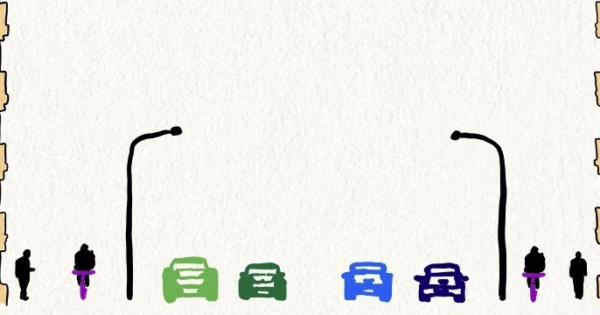
Phase 0: Present situation
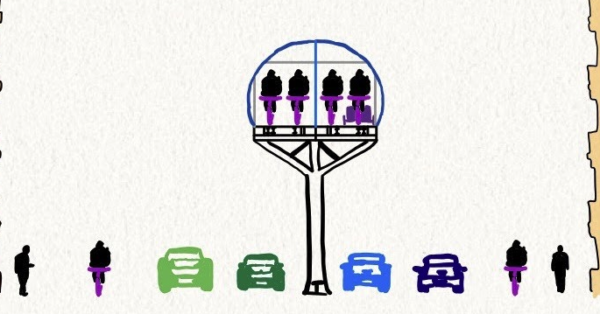
Phase 1: Present situation + pipelane
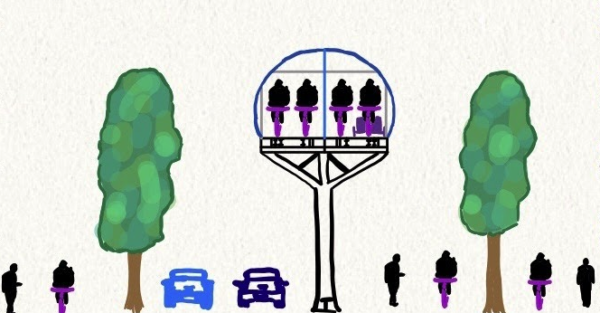
Phase 2: Space for changes
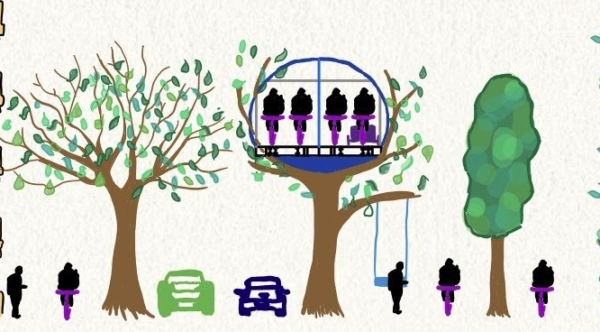
Phase 3: Biogenic configuration of the space


